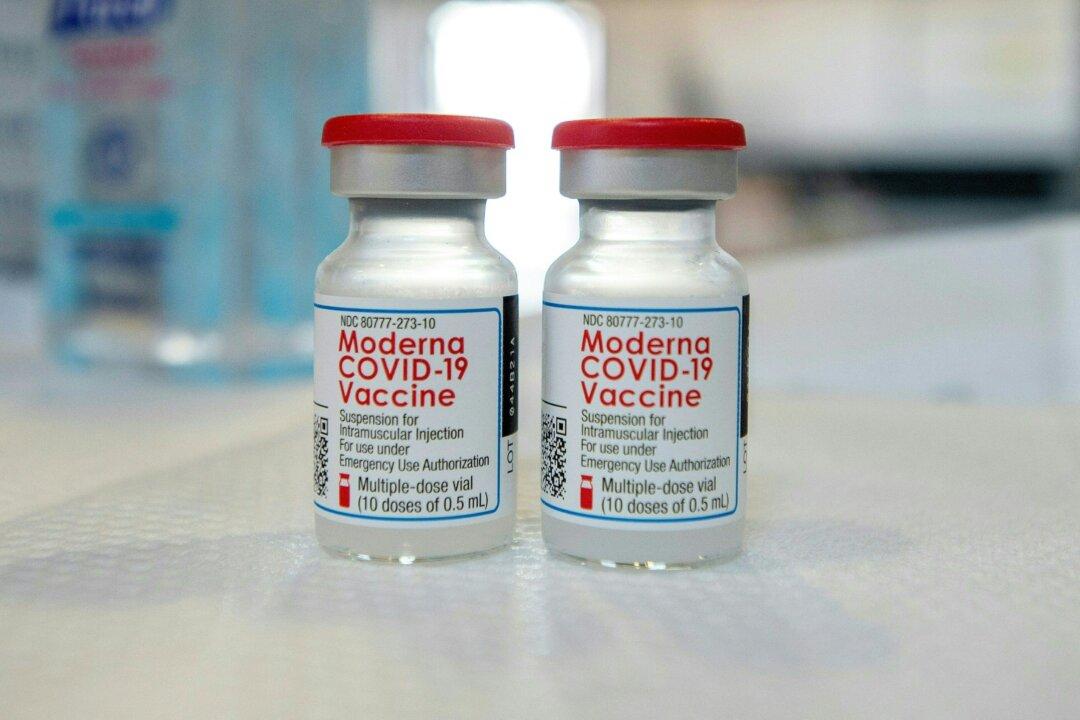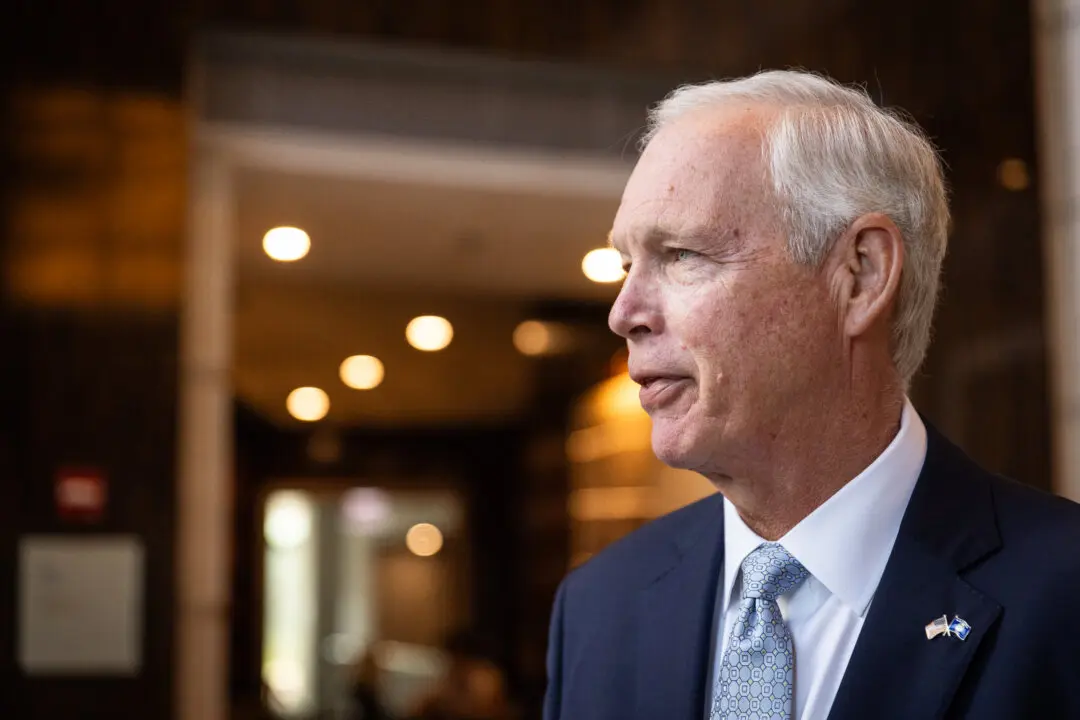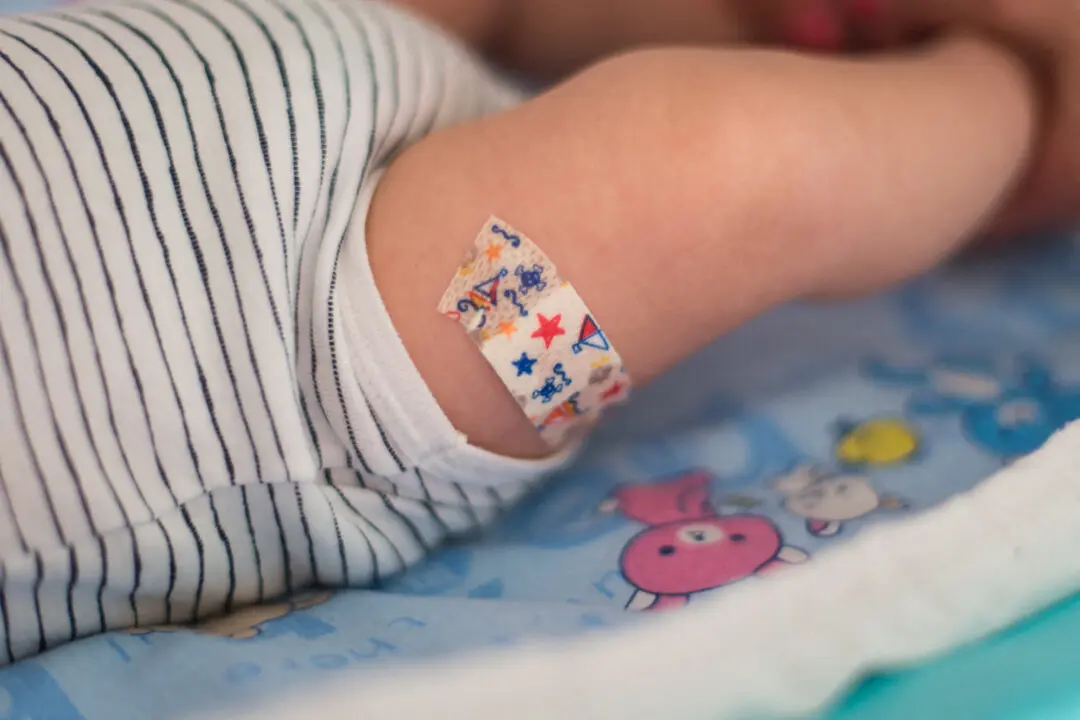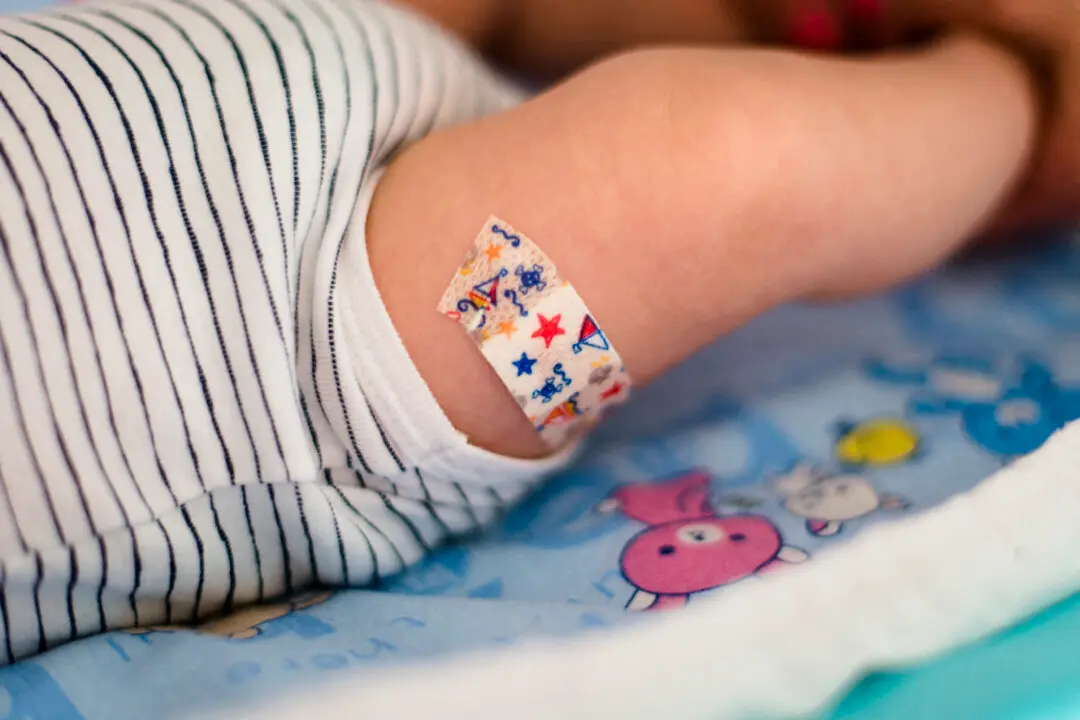Moderna has reversed course and promised that people won’t have to pay for the company’s COVID-19 vaccine once the U.S. government stops buying doses.
“Moderna remains committed to ensuring that people in the United States will have access to our COVID-19 vaccines regardless of ability to pay,” the company said in a statement.





